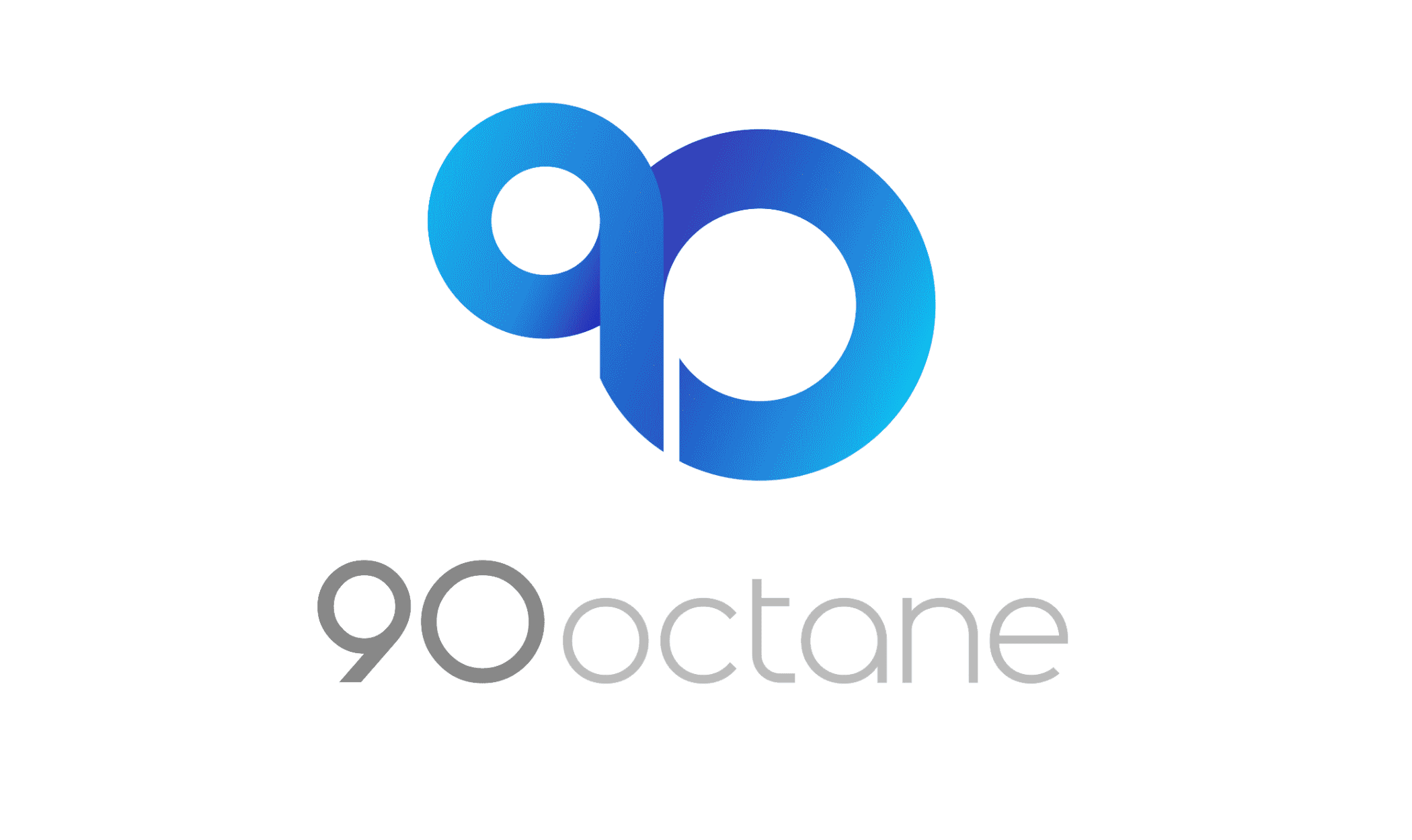Explore the art of building audience trust
and providing brand value.
Experience design

Experience Design means taking a human centric approach to how you interact with and engage with your customers, and this principle helps brands pivot their campaigns and content to meet the customers where they are in their journeys.
Savvy customers are looking to online resources that make it easy for them to solve their business challenges don’t waste their time on self-serving content. They want a company that is going to partner with them from day one and provide value.
Tailor not only what you’re saying to the audience, but how you’re saying it. It all starts by understanding the process they’re going through, and determining how are you making that
for them?



Say interactive content is helpful when
tackling business challenges.
Gains more engagement than static content

Start layering on audience variables to make sure you’re caring for the needs of the primary and secondary audiences as well as any funnel stage considerations to determine the type of experiential content that will best serve their needs. It’s imperative to make sure the value of interacting with your content is greater to your audience than the value of the time they’re spending or any information you’re asking them to share with you. If the audiences’ perceived value skews in favor of the company over themselves, you’ll see high abandon rates within your content.
A dynamic assessment works for audiences looking to level set their company’s progress against a maturity model, a branching video is better for audiences trying to learn about a new to the market technology.
